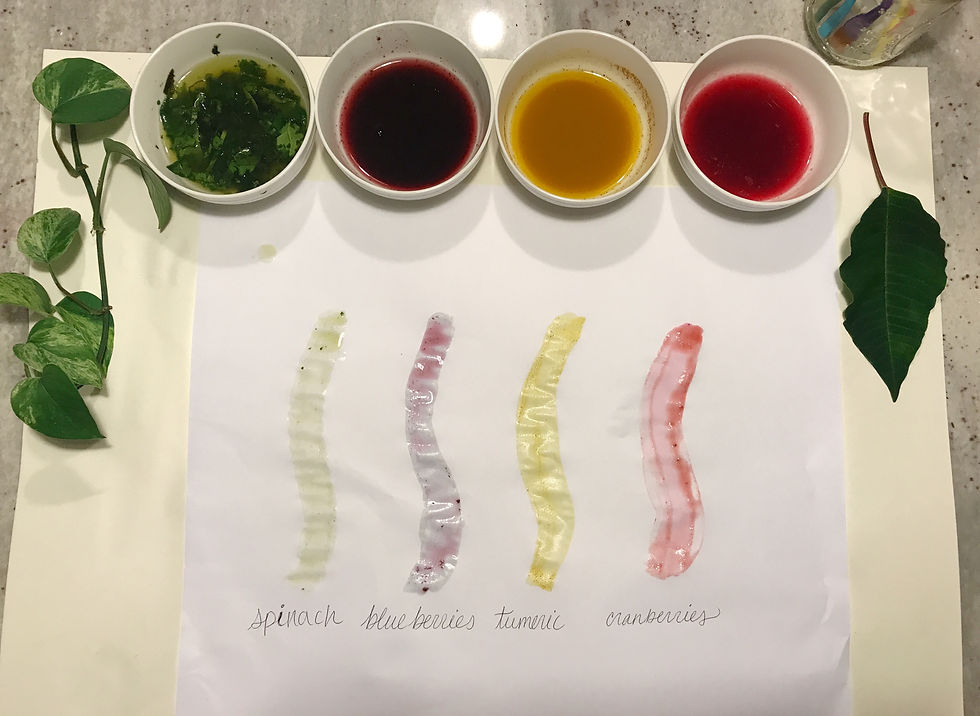-
To make the paper:
-
newspaper, scrap paper, or wrapping paper
-
blender or hand mixer
-
2 cups of hot water
-
10 pieces of newspaper for blotting
-
mixing bowl
-
flat dish or pan (9"x13" or a little larger than the screen)
-
round jar or rolling pin
-
piece of non-rusting screen (about 12" x 8" or the size of paper you want to make)
-
4 pieces of cloth or felt to use as blotting paper (same size as screen)
-
2 teaspoons of instant starch (optional)
-
-
Tear the newspaper, scrap paper, or wrapping paper into very small bits. Add 2 cups of hot water to ½ cup of shredded paper.
-
Beat the paper and water in the blender, or with the egg beater, to make pulp. Mix in the starch (optional). Completed pulp should be the consistency of split pea soup.
-
Pour the pulp into the flat pan.
-
Slide the screen into the bottom of the pan and move it around until it is evenly covered with pulp.
-
Lift the screen out of the pan carefully. Hold it level and let it drain for a minute.
-
Put the screen, pulp-side up, on a blotter that is placed on top of newspaper. Put another blotter over the pulp, and more newspaper over that.
-
Roll a jar or rolling pin over the "sandwich" of blotter paper to squeeze out the rest of the water.
-
Take off the top newspaper. Flip the blotter and the screen very carefully. Do not move the pulp, it will take at least 12 to 24 hours to dry depending on how thick and wet the paper is. Wow!! There is your own hand-made paper! (If you have leftover pulp, don't pour it down the drain--you might clog things up. Put it in the trash.)
-
Try this again and use some decorative elements such as colored thread, glitter, dried flowers and leaves to add some flair. Now you can use your natural paint/ink to create your painting.
Make your paper -
PAPER & PAINT MAKING
Students will use natural and recyclable materials to make artwork to help grow an appreciation for the materials and the environment.
Materials:
Project Steps:
The class will be looking at artists such as Julia Anne Goodman and Corine van der Werf whose work uses natural and recyclable materials to make artwork that speak about the environment and how humans relate to it.
Artists:
Teacher Example:















Papermaking



-
Paint/dye materials: red/pink - cranberries, orange - chili powder or paprika spice, yellow - turmeric, green - spinach, blue/purple - blueberries (dries blue/purple), brown - dirt
-
For plant materials: soak in hot water until the water is close to the color you want, strain.
-
For powder: add water until the paint is the consistency you want and powder has dissolved
-
For fruits: mash, add hot water, soak, and strain
